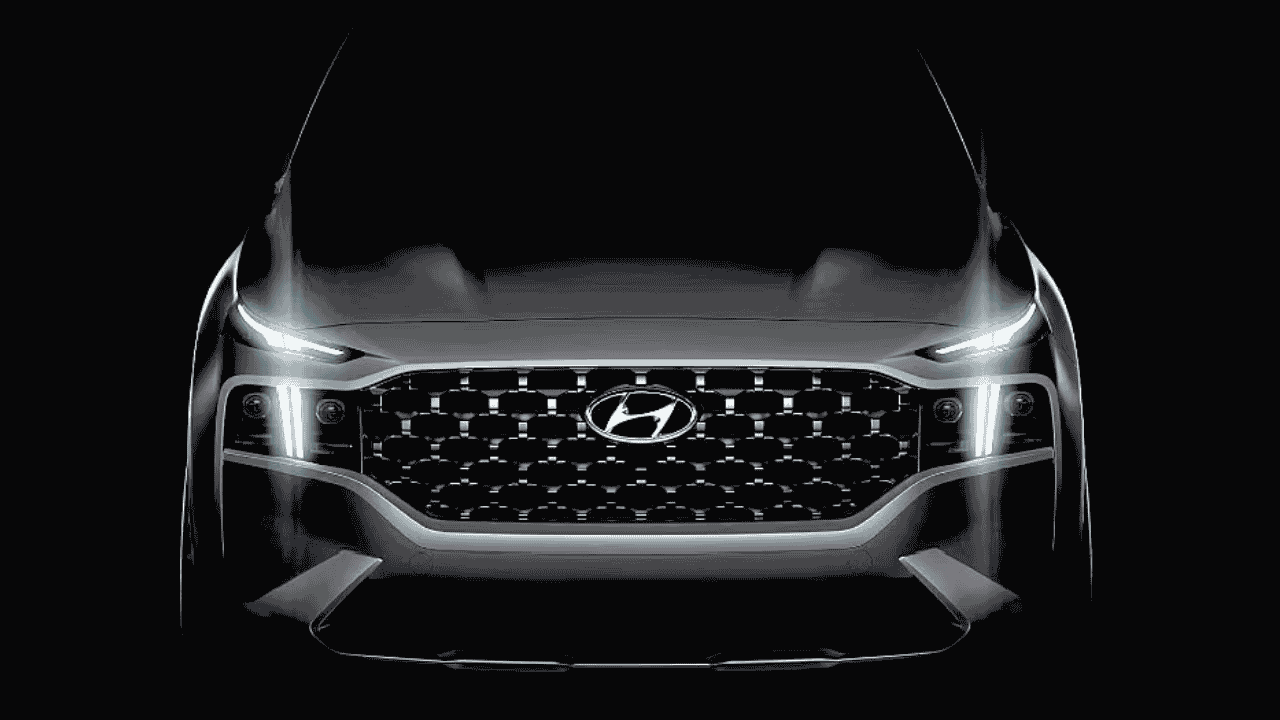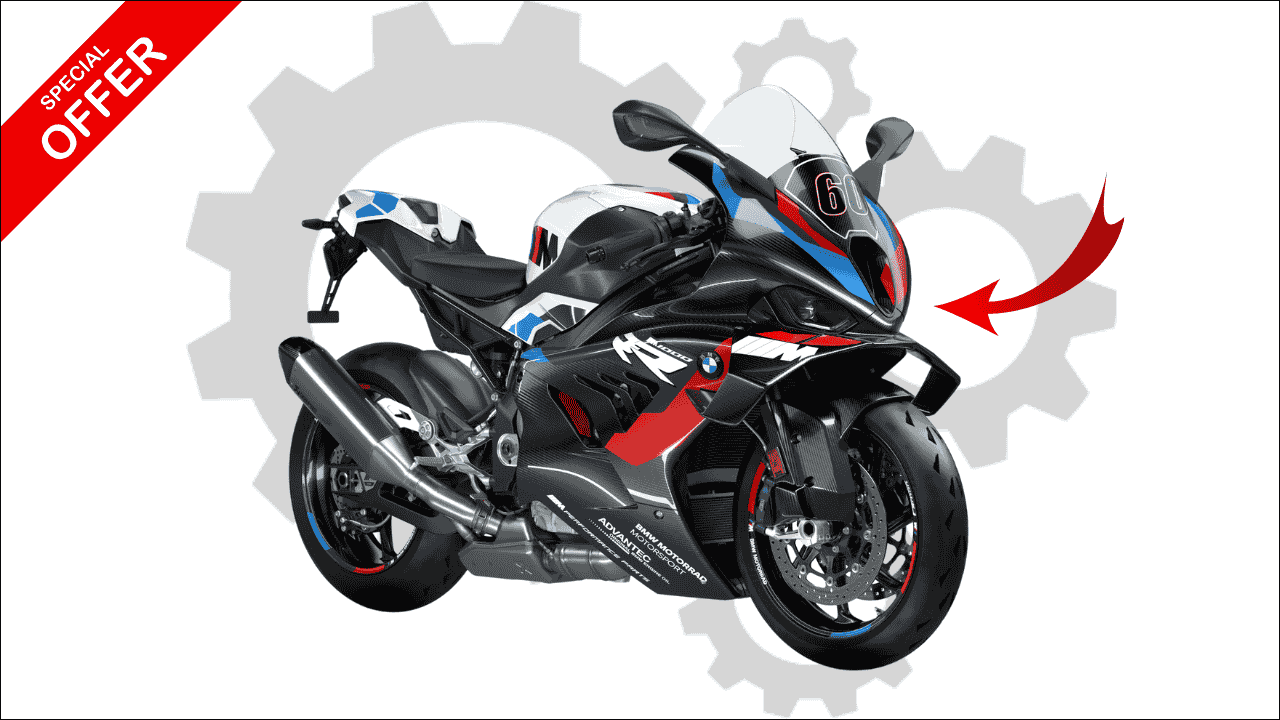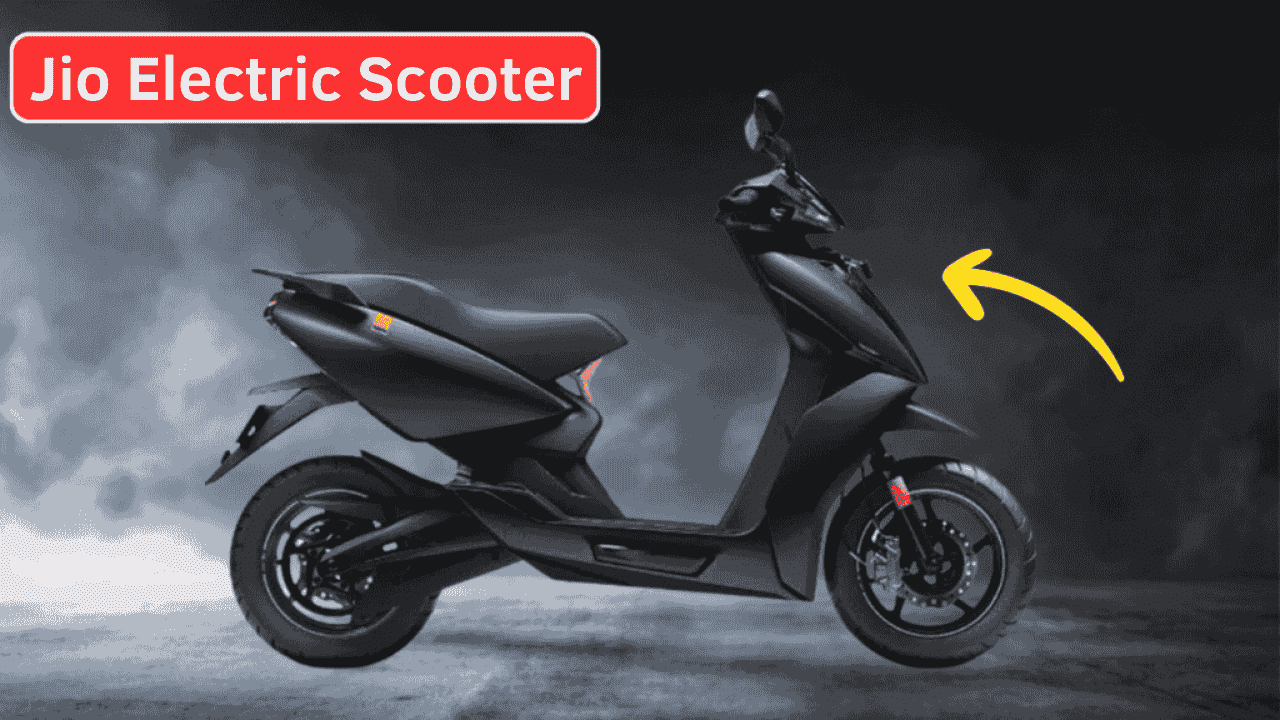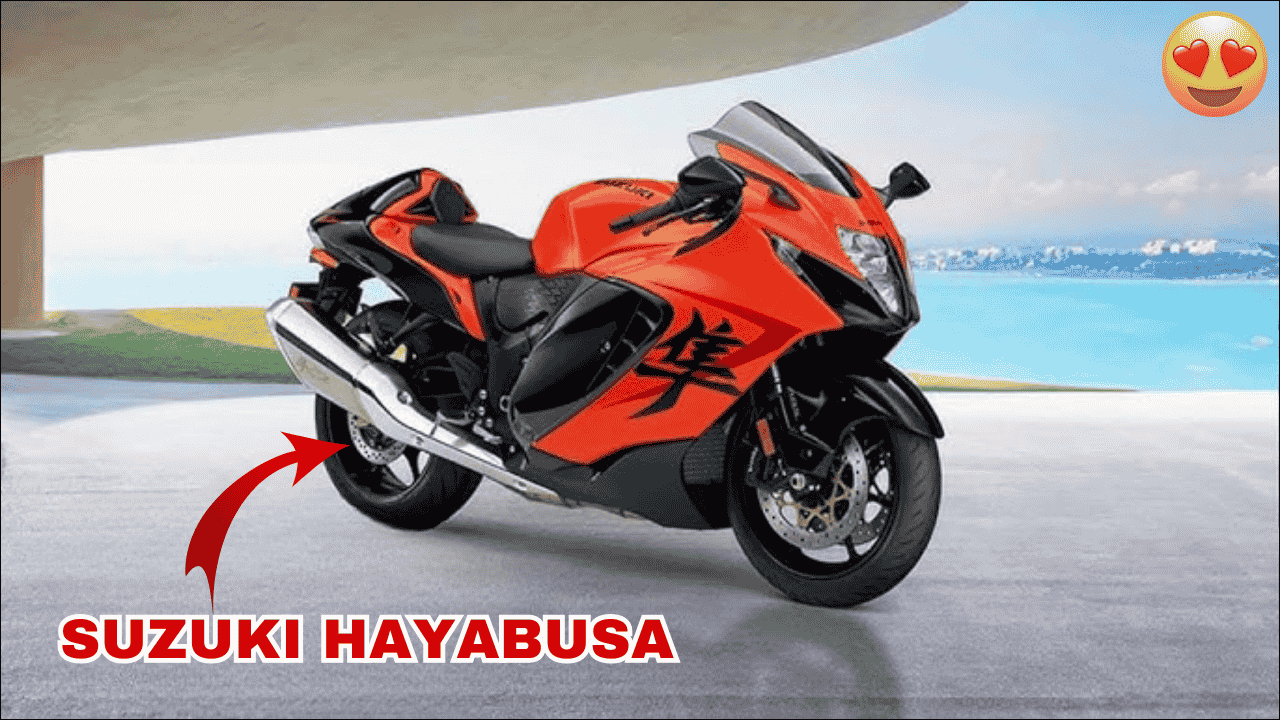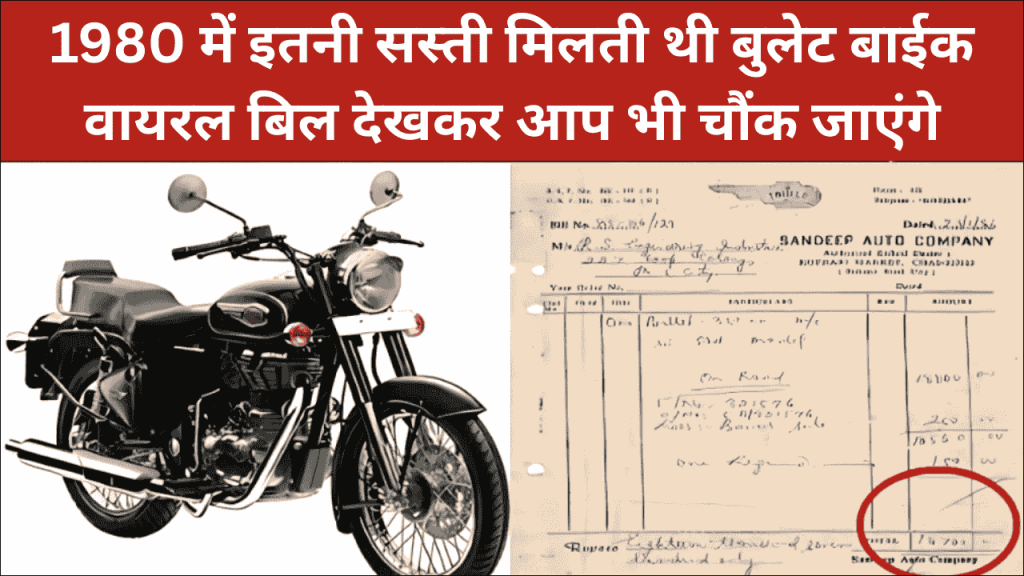
A recently viral image of a 1980s Royal Enfield invoice has captivated motorcycle enthusiasts across social media platforms, revealing a striking contrast between past and present pricing that highlights the brand’s remarkable evolution. The original purchase bill from 1980 shows a price point that seems almost unbelievable by today’s standards, offering a fascinating window into how this iconic motorcycle brand has transformed over four decades.
Table of Contents
The Invoice That Stirred Nostalgia
The viral image reveals that a new Royal Enfield motorcycle in 1980 cost between Rs. 6,000 to Rs. 8,000, depending on the variant. This figure is astonishingly low compared to today’s starting price of Rs. 1.5 lakh to Rs. 3.5 lakh for Royal Enfield’s current lineup. Even accounting for inflation, the difference represents a significant price increase that reflects the brand’s transformation.
What makes this comparison particularly noteworthy isn’t just the nominal price difference but what it represented in terms of accessibility. While a Royal Enfield was still considered a substantial purchase for the average Indian family in 1980, it was considerably more attainable relative to average incomes than its modern counterparts.
Royal Enfield’s Historical Journey
Founded in 1901 in the United Kingdom, Royal Enfield stands among the world’s oldest motorcycle manufacturers still in production. The company’s Indian chapter began in 1955 when Enfield India started assembling motorcycles in Chennai (then Madras). By 1980, the brand had established a strong reputation for durability and performance in the Indian market.
The 1980s marked a critical period for Royal Enfield in India. Despite the closure of the UK parent company in 1970, the Indian subsidiary continued manufacturing, focusing primarily on the Bullet model that had earned legendary status for its distinctive exhaust note and robust construction.
During this era, Royal Enfield motorcycles were widely used by government officials, military personnel, and police forces due to their reliability and imposing presence. The motorcycles represented not merely transportation but symbols of authority and distinction.
From Utilitarian Transport to Lifestyle Brand
The dramatic price evolution between 1980 and today reflects Royal Enfield’s successful transformation from a utilitarian vehicle manufacturer to a premium lifestyle brand. In the 1980s, these motorcycles were valued primarily for their functionality, durability, and ease of maintenance under Indian conditions.
Today, while these qualities remain important, Royal Enfield has effectively repositioned itself as a premium heritage brand selling an experience rather than just a vehicle. Modern Royal Enfield owners aren’t simply purchasing transportation but investing in a culture of leisure riding, adventure, and community. This strategic brand evolution explains why consumers willingly pay substantially more for current models.
Technological Advancements Justify Higher Pricing
It’s important to acknowledge that today’s Royal Enfield motorcycles are technologically superior to their 1980s ancestors. Modern models feature fuel injection, disc brakes, ABS, sophisticated suspension systems, and refined engines meeting contemporary emission standards.
The 1980s models, while charming in their simplicity, lacked many features that today’s riders consider essential. They were characterized by heavy clutches, occasional oil leaks, and significant vibrations—qualities some enthusiasts appreciated but that wouldn’t meet current standards for performance and comfort.
This technological progression has contributed significantly to the price increase. The research, development, and implementation of modern technologies require substantial investment, which is ultimately reflected in the motorcycle’s final cost.
The Collector’s Value Phenomenon
Ironically, well-maintained Royal Enfield motorcycles from 1980 have appreciated substantially in value. Vintage models have become sought-after collector’s items, with preserved examples sometimes commanding prices comparable to or exceeding those of new motorcycles.
This appreciation underscores how Royal Enfield has successfully cultivated a heritage appeal transcending mere utility. For many enthusiasts, owning a vintage Royal Enfield represents a connection to motorcycling history that cannot be replicated with modern machines.
Royal Enfield: Then vs. Now Overview
| Aspect | 1980s Royal Enfield | 2025 Royal Enfield |
|---|---|---|
| Price Range | Rs. 6,000-8,000 | Rs. 1.5-3.5 lakh+ |
| Engine Technology | Carburetor, simple air-cooled | Fuel injection, modern cooling, emissions-compliant |
| Braking System | Drum brakes | Disc brakes with ABS |
| Primary Market Positioning | Utilitarian transportation | Lifestyle and premium segment |
| Primary Customer Base | Government officials, utility riders | Enthusiasts, adventure seekers, urban professionals |
| Manufacturing Focus | Mainly Bullet model | Diverse range (Classic, Meteor, Himalayan, Interceptor, etc.) |
| Brand Perception | Durable, functional, authoritative | Heritage, adventure, community, premium experience |
| Service Interval | Frequent maintenance required | Extended service intervals with improved reliability |
| Performance | Basic, utilitarian power delivery | Refined power delivery with modern performance standards |
| Collector Value | Initially low, now highly valuable | To be determined by future generations |
Balancing Heritage with Progress
As Royal Enfield continues expanding globally with models like the Meteor, Himalayan, and 650 Twin series, it faces the challenge of balancing innovation with heritage. The viral 1980s invoice serves as a reminder of the brand’s evolution—not just in pricing but in its entire business model and market position.
The stark contrast between 1980s prices and today’s reality might initially provoke disbelief among enthusiasts, but it also provides an opportunity to appreciate the transformation of one of the world’s most enduring motorcycle brands. Royal Enfield has masterfully leveraged nostalgia in its modern marketing approach, continuing to innovate while maintaining the classic design elements and distinctive character that have defined the brand for generations.
For today’s Royal Enfield owners, the higher price tag represents not just a motorcycle but membership in a heritage that spans over a century—a value proposition that transcends simple economics and speaks to the emotional connection that defines truly iconic brands.


